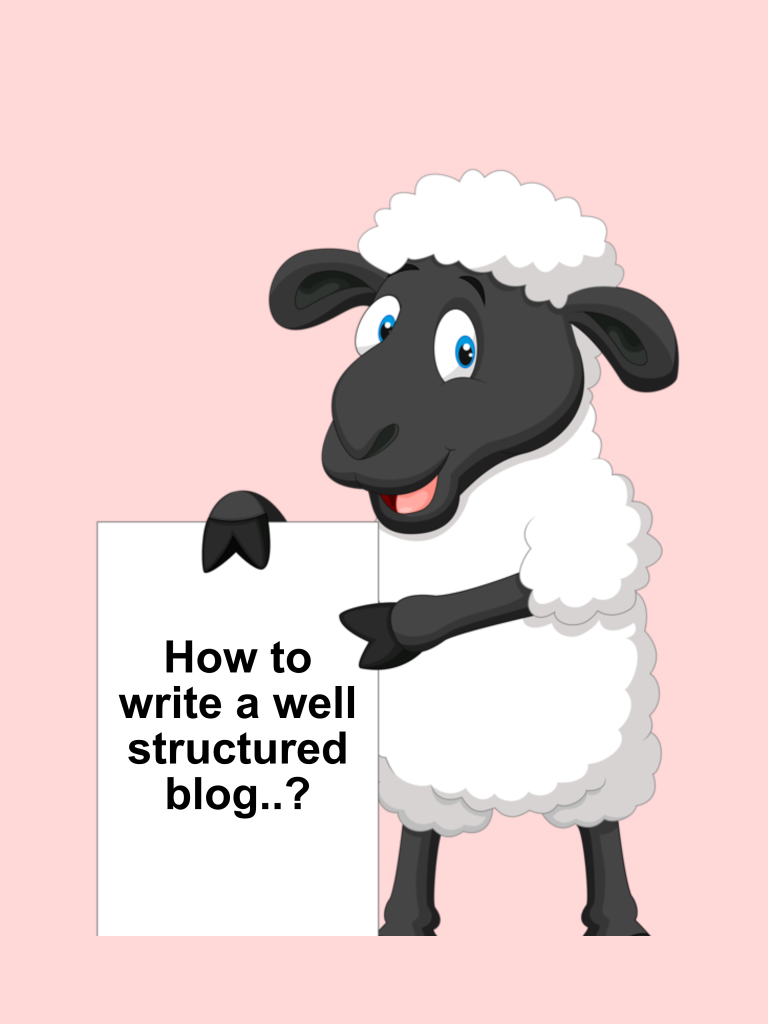
Blogging has become an essential tool for sharing ideas and information, connecting with an audience, and establishing authority in a particular industry. However, writing a great blog post requires more than just good writing skills; it requires a well-structured post that is easy to read and engaging. In this blog, we will discuss the elements of a well-structured blog post and how to set up an easy-to-read text.
- Headline
The headline is the first thing readers see, and it needs to grab their attention and make them want to read on. A good headline should be clear, concise, and accurately reflect the content of the post. It should also include a keyword relevant to the topic, which will help with search engine optimization (SEO).
2. Introduction
The introduction sets the tone for the post and should be engaging and informative. It should provide a brief overview of the topic and what readers can expect to learn from the post. The introduction should also include a hook that captures the reader’s attention and makes them want to continue reading.
3. Subheadings
Subheadings break up the text and make it easier to read. They also help readers navigate the post and quickly find the information they are looking for. Subheadings should be descriptive and accurately reflect the content of the section.
4. Body
The body of the post should be well-organized and easy to follow. It should provide valuable information and insights on the topic, and each section should be logically connected to the next. The body should also include examples, statistics, or other relevant data to support the claims made in the post.
5. Conclusion
The conclusion should summarize the post’s key points and provide a clear call to action. It should also leave readers with something to think about or a question to answer, which can encourage engagement and discussion in the comments section.
6. Images and other media
Images, videos, and other media can make a blog post more engaging and visually appealing. They can also help to break up the text and make the post easier to read. However, it’s important to use media that is relevant to the topic and enhances the content of the post.
7. Formatting
Formatting can make a big difference in how easily a blog post reads. Use short paragraphs, bullet points, and numbered lists to break up the text and make it more digestible. Use a clear font that is easy to read, and make sure the text is large enough to be legible.
In conclusion, a well-structured blog post is essential for engaging readers and delivering valuable information. By using the elements discussed above, you can create a blog post that is easy to read, informative, and engaging. Remember to keep the focus on the reader and provide them with the information they are looking for, and you will be on your way to creating great blog posts that resonate with your audience.
